本文主要是介绍印度 研究生 水平_辅助案例研究我们如何鼓励印度城市居民成为城市农民,希望对大家解决编程问题提供一定的参考价值,需要的开发者们随着小编来一起学习吧!
印度 研究生 水平
问题概述 (Problem Overview)
“Half of the Indian population would be urban by the year 2050. It is estimated that percentage of agricultural workers in total work force would drop to 25.7% by 2050.Thus, there is a need to enhance the level of farm mechanisation in the country” — World Bank
“到2050年,印度将有一半的人口是城市人口。据估计,到2050年,农业工人在总劳动力中所占的比例将降至25.7%。因此,有必要提高该国的农业机械化水平“ - 世界银行

Why urban farming? Many cities around the world have adopted pro Urban Agriculture policies and promoted it with varying degrees of success. In India, Urban Agriculture is not a priority at the moment however majority of the urban dwellers do not realise the need for producing their own food.
为什么要进行都市农业? 世界上许多城市都采用了亲城市农业政策,并在不同程度上取得了成功。 在印度,目前都市农业并不是当前的重点,但是大多数都市居民并未意识到自己生产粮食的必要性。
The urban population in India which stands at 377 million currently is expected to grow by 404 million by 2050 — World Urbanisation Prospects, 2014
印度的城市人口目前为3.77亿,预计到2050年将增长4.04亿-《世界城市化展望,2014年》
The nutritional requirements of this increased urban population have to be met. Also, with growing affluence and increasing nutritional awareness among the city dwellers, there will be increased demand for vegetables, fruits, eggs, meat, dairy products and even flowers.
必须满足增加的城市人口的营养需求。 此外,随着城市居民的日益富裕和营养意识的增强,对蔬菜,水果,鸡蛋,肉,乳制品甚至鲜花的需求将会增加。
挑战 (The Challenge)
Being a designer is not just about being creative and generating ideas, it’s also about navigating and innovating our future by tackling issues on sustainability, health, technology and the vulnerability of people. Design is about creating a better world.
成为一名设计师不仅要具有创造力和创意,还涉及通过解决有关可持续性,健康,技术和人的脆弱性的问题来导航和创新我们的未来。 设计就是要创造一个更美好的世界。
Unlike engineer’s working extensively from technology or science, designers start from people and empathize with them.
与工程师从技术或科学领域广泛开展工作不同,设计师从人开始并同情他们。
设计过程 (Design Process)
There is no specific design process to solve a problem, In this case study I have chosen the IDEO’s Human Centred Design, its a process that starts by understanding the problem my interacting with the people and come up with the solution that are tailor made for their needs. (This course on HCD by plusacumen is free and highly collaborative and engaging. I would highly recommend to enrol if you’re new to the design process)
没有特定的设计过程可以解决问题,在本案例研究中,我选择了IDEO的“以人为本”设计,该过程从了解问题开始,即我与人们的互动,并为他们量身定制解决方案。需要。 (这 当然 对HCD通过plusacumen是免费的,高度协作和配合,我会强烈建议报名参加,如果你是新来的设计过程中)
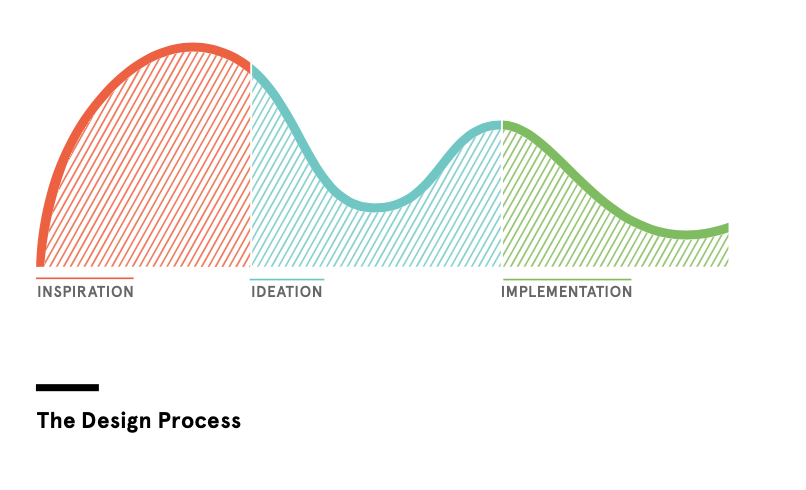
1.灵感 (1. Inspiration)
向人学习 (Learn from people)
Quantitative Interview- Surveys Conducted surveys on people with the age group of 21–40, living in and around the urban areas and came to the following conclusions and assumptions :
定量访谈调查对居住在城市地区及其周围的21-40岁年龄段的人群进行了调查,得出以下结论和假设:
- Nearly 27% of the interviewers has responded that they aren’t currently involved in any type of planting. 近27%的访问者回答说,他们目前不参与任何种植。
- Out of the 73% of planters only 20% are indulged in planting food crops 在73%的种植者中,只有20%从事粮食作物的种植
- 66% of the planters says that they lack space for planting food crops. 66%的种植者说他们没有种植粮食作物的空间。
- 25 % despite of having spaces responds that they need guidance on planting food crops. 尽管有空间,但仍有25%的人表示他们需要种植粮食作物的指导。
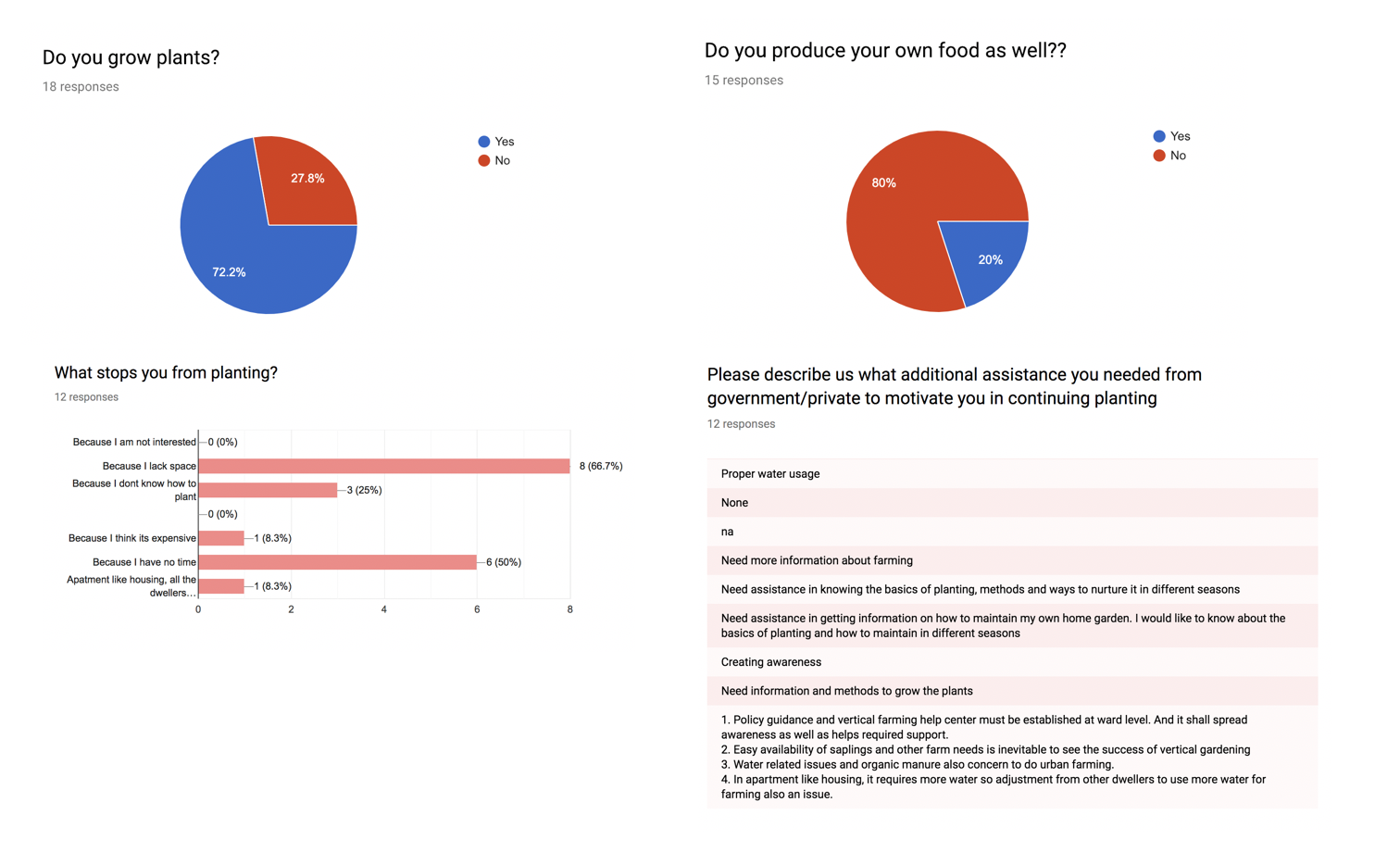
2. Qualitative Interview — Phone interview
2. 定性面试—电话面试
Conducted an unstructured phone call interview with few of my friends and neighbours to understand more about the problem and came to the following conclusions :
与我的几个朋友和邻居进行了一次非结构化的电话采访,以了解更多有关该问题的信息,并得出以下结论:
- Lack of space. 空间不足。
- Lack of knowledge on growing food crops 缺乏对粮食作物的了解
- Insufficient time to maintain 维护时间不足
- Living in a colony of apartment might cause dispute with the neighbours on planting. 住在公寓殖民地可能会与邻居在种植上引起争议。
- Withering of plants causes emotional impact which demotivates them from planting 植物枯萎会引起情感上的影响,使他们无法种植
- Replacing soil and using fertiliser could be expensive and requires lot of knowledge. 更换土壤和使用肥料可能很昂贵,并且需要很多知识。
- No or less market place to sell the farm products which leads to food wastage 没有或很少有市场出售农产品,导致粮食浪费
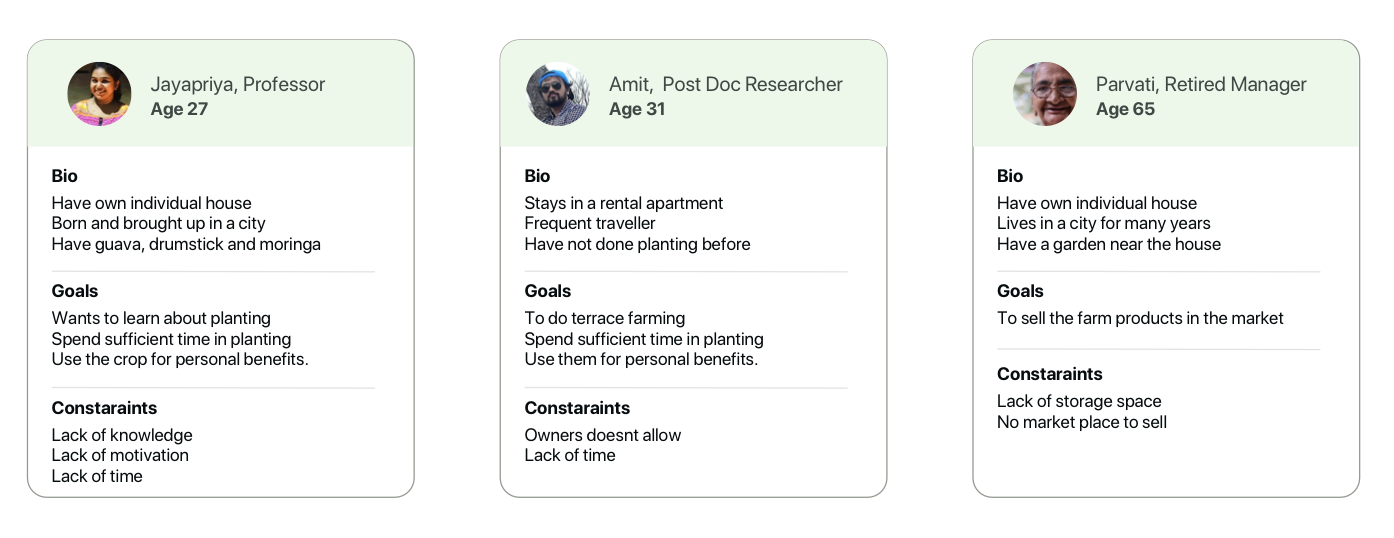
向专家学习 (Learn from Experts)
1. m-Krishi (1. m-Krishi)
Tata Consultancy Services, a multi national company in India launched a for-profit mobile based application mKRISHI®, that uses Information and Communication Technology to help solve farming challenges.
印度的跨国公司Tata Consultancy Services推出了基于盈利的移动应用程序mKRISHI® ,该应用程序使用信息和通信技术来帮助解决农业挑战。
The mKRISHI® platform harnesses five digital forces — social networks, mobility, analytics, cloud, and IoT — to create ‘market- and climate-smart’ entities. It enables the use of predictive analytics for crop acreage and yield, crop health, soil status, weather and pest forecasts, and resource quality assessment, helping farmers minimize risk.
mKRISHI®平台利用五种数字力量-社交网络,移动性,分析,云和物联网-创建了“市场和气候智能”实体。 它使预测分析可用于作物种植面积和产量,作物健康,土壤状况,天气和病虫害预测以及资源质量评估,从而帮助农民最大程度地降低风险。
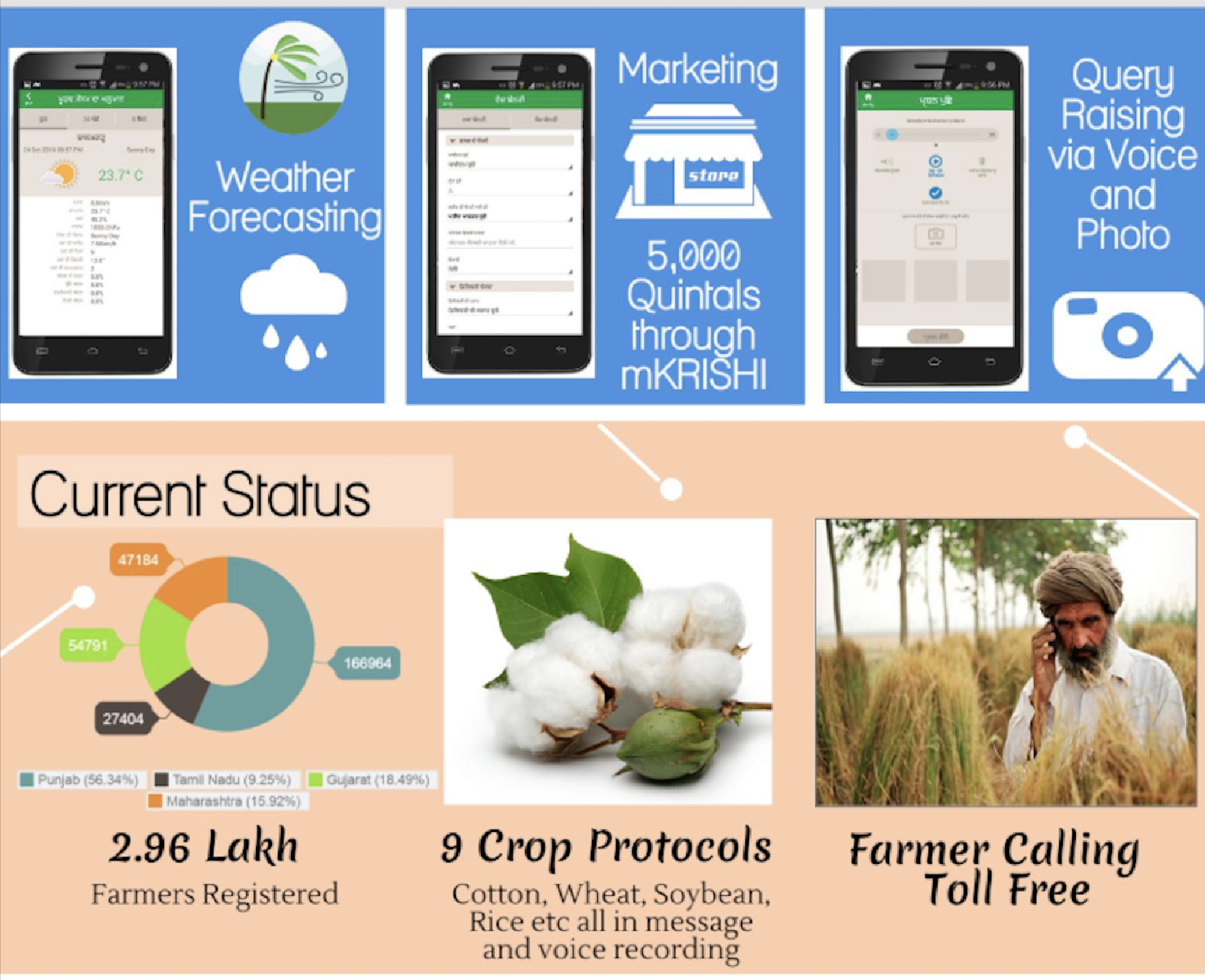
Key Takeaways
重要要点
- Set of collective information provided in a step by step guide about planting certain crops along with the weather and soil information 分步指南中提供的有关种植某些农作物的一组集体信息以及天气和土壤信息
- Direct Interaction from farmers to sellers. 从农民到卖方的直接互动。
2.首尔天空农场 (2. Sky Farm, Seoul)
A new concept design by Aprilli Design Studio is a tree-like skyscraper that provides space for crop farming that solves the problem of how to use space productively and how to feed everyone.
Aprilli Design Studio的一项新概念设计是一棵树状的摩天大楼,提供了种植作物的空间,解决了如何有效利用空间以及如何养活每个人的问题。
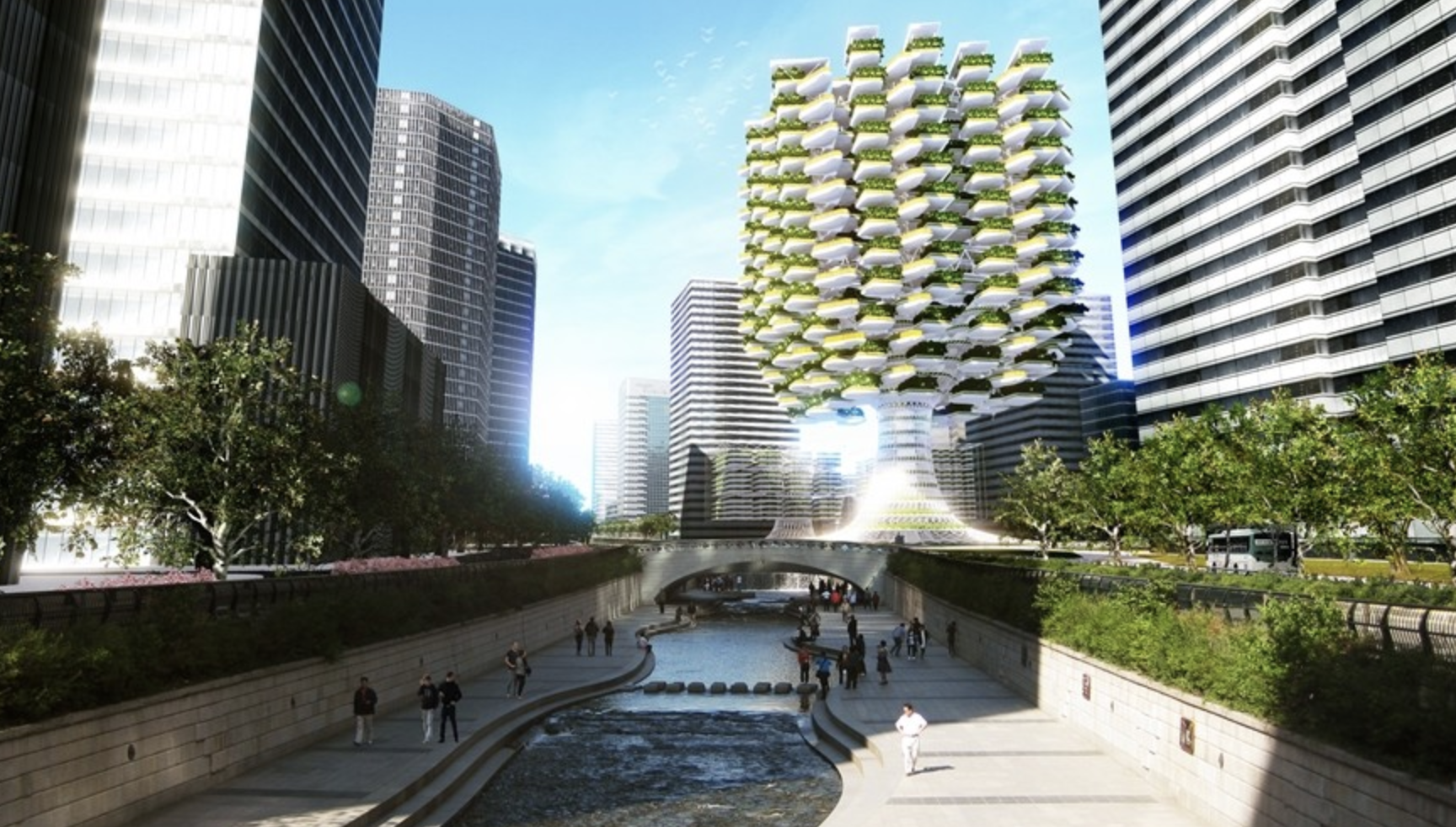
Key Takeaways
重要要点
- Idea of providing a common space for growing and selling the farm products. 提供一个共同的空间来种植和销售农产品的想法。
上下文浸入 (Context Immersion)
I visited couple of my friends and neighbours house and examined the difficulties they face, Tried having a casual conversation while watering the plants along with them.
我拜访了我的几个朋友和邻居家,检查了他们面临的困难,试图在与他们一起给植物浇水的同时进行一次随意的交谈。
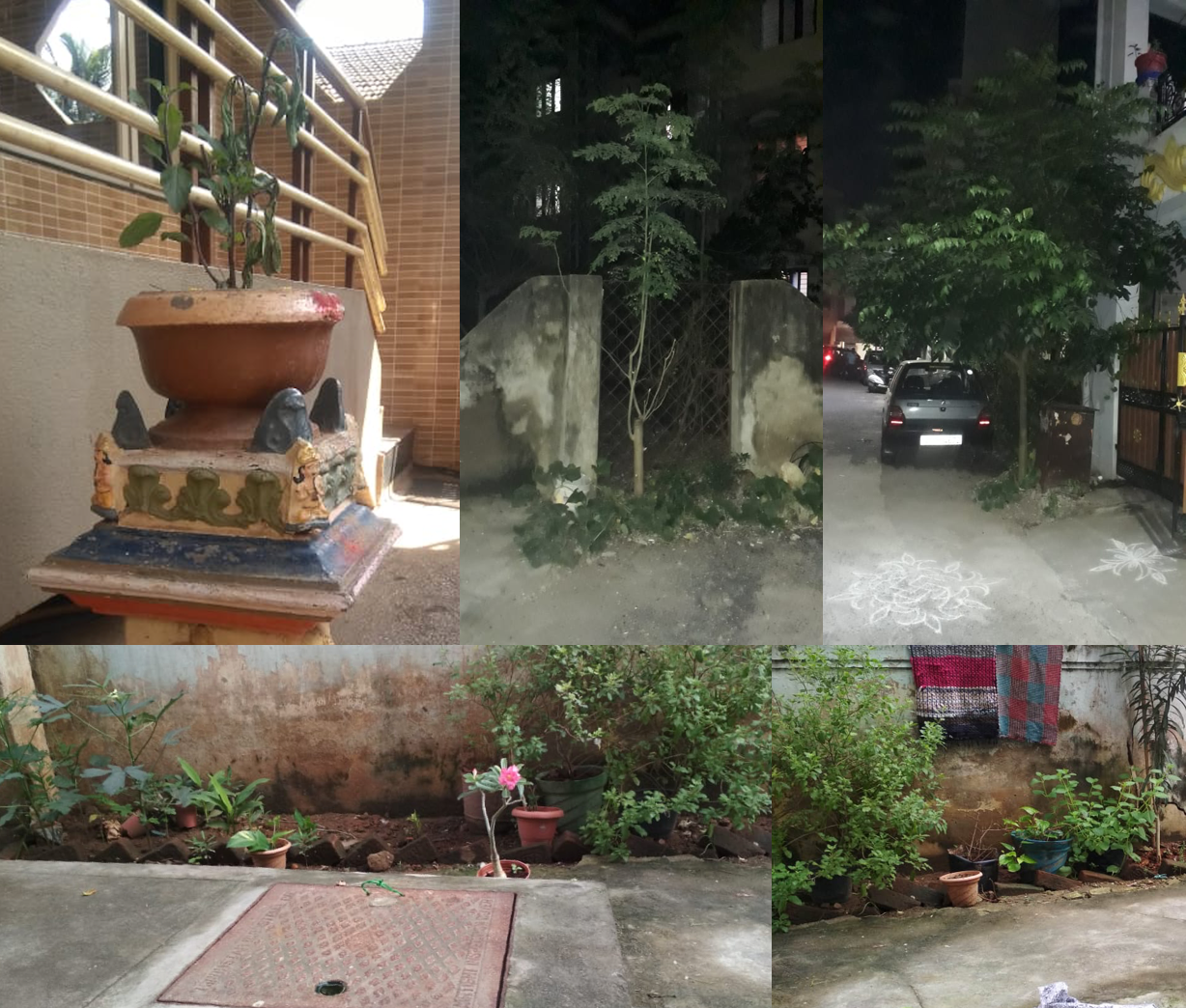
Key Takeaways
重要要点
- Usually they don’t have a specific timing to water the plants, whenever they think of or walk towards the garden or see a particular plant in the withered state, they water them 通常,他们没有特定的时间给植物浇水,每当他们想到花园或走向花园,或看到枯萎的特定植物时,便给植物浇水
- Organising and pruning the plants are highly time consuming and challenging 组织和修剪植物非常耗时且充满挑战
- Planting is considered as a relaxing hobby as they bring peace and serene, hence withering of plants are considered to be emotionally impactful. 种植被认为是一种轻松的爱好,因为它们带来了和平与安宁,因此植物的枯萎被认为具有情感上的影响。
- Offering the farm fruits and vegetables to the neighbours are often considered as a cultural norms of being a good neighbours. 向邻居提供农场水果和蔬菜通常被视为成为好邻居的文化准则。
2.构想 (2. Ideation)
合成 (Synthesis)
The Ideation phase transforms the research into meaningful and actionable insights that will become the foundation of the design. It’ll begin to make sense of what learned from the design research—drawing from everything observed and heard from the people its been designing for. Then, I’ll identify key themes and insights that will help to define opportunities for design that are differentiated and generative.
构想阶段将研究转化为有意义的,可行的见解,这些见解将成为设计的基础。 它会开始弄清从设计研究中学到的东西-从观察到的所有内容以及从设计人员那里听到的一切中吸取教训。 然后,我将确定关键主题和见解,这些主题和见解将有助于定义差异化和生成性设计的机会。
It includes 5 stages
它包括5个阶段
- Learnings — Downloading all the data to the individual sticky notes 学习-将所有数据下载到单个便笺中
- Themes — Grouping them on similarity and labeling them. 主题-根据相似性对其进行分组并贴上标签。
- Key Insights — Takeaways from the learnings 关键见解-经验总结
- How Might We Questions — Converting the key insights to the HMWs 我们可能会提出的问题-将主要见解转化为HMW
- Ideas — Picking up each HMW’s and coming up with the possible solutions 想法-挑选每个HMW并提出可能的解决方案
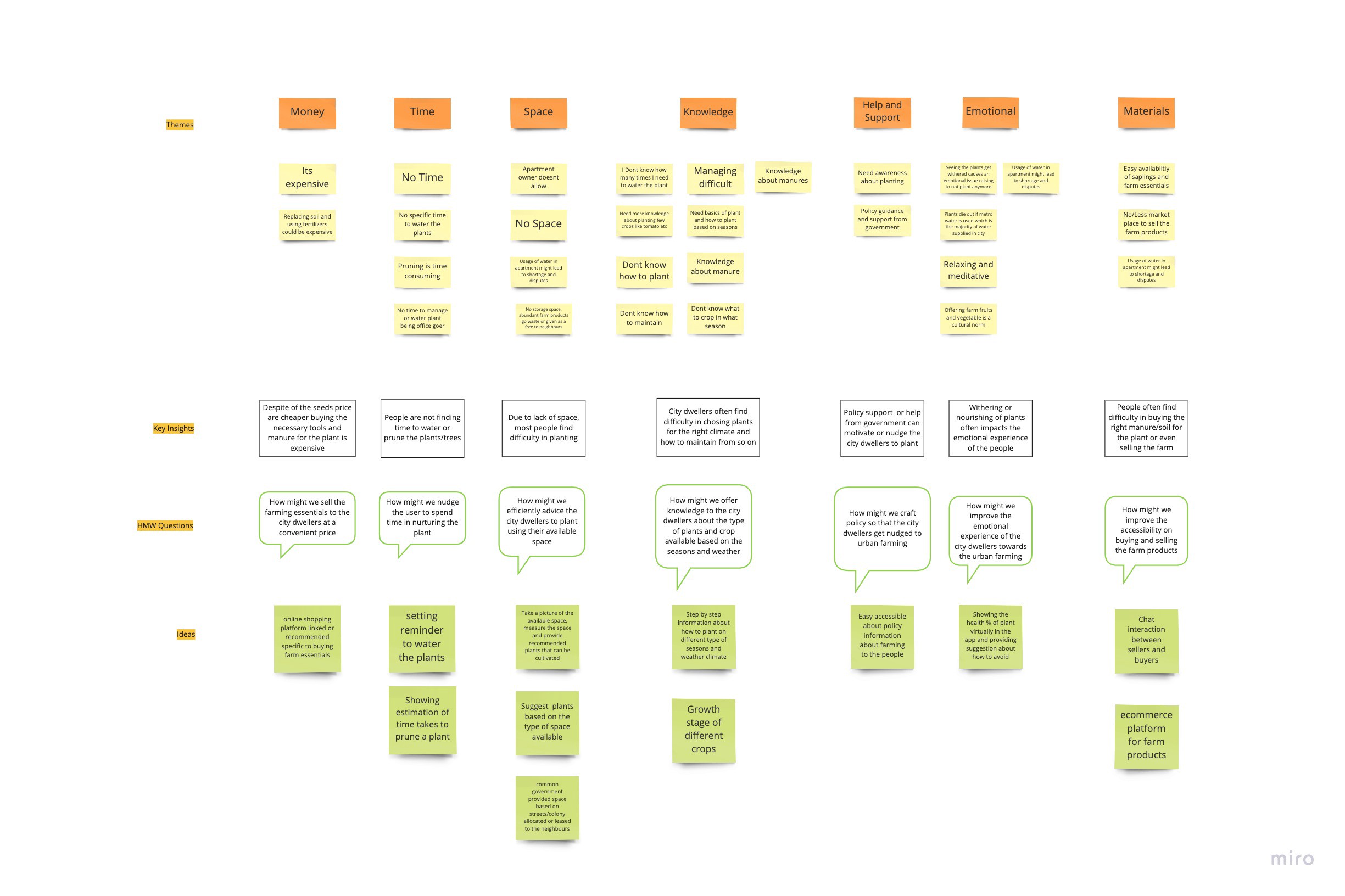
Based on the generated ideas, I decided to go with a mobile based application that solve the above collected user needs.
基于产生的想法,我决定使用基于移动的应用程序来解决上面收集的用户需求。
User Flow Diagram
用户流程图
User Flows helped to organize and helps to visualize the complete path that users follow across the whole solution.
用户流程有助于组织和可视化用户在整个解决方案中遵循的完整路径。
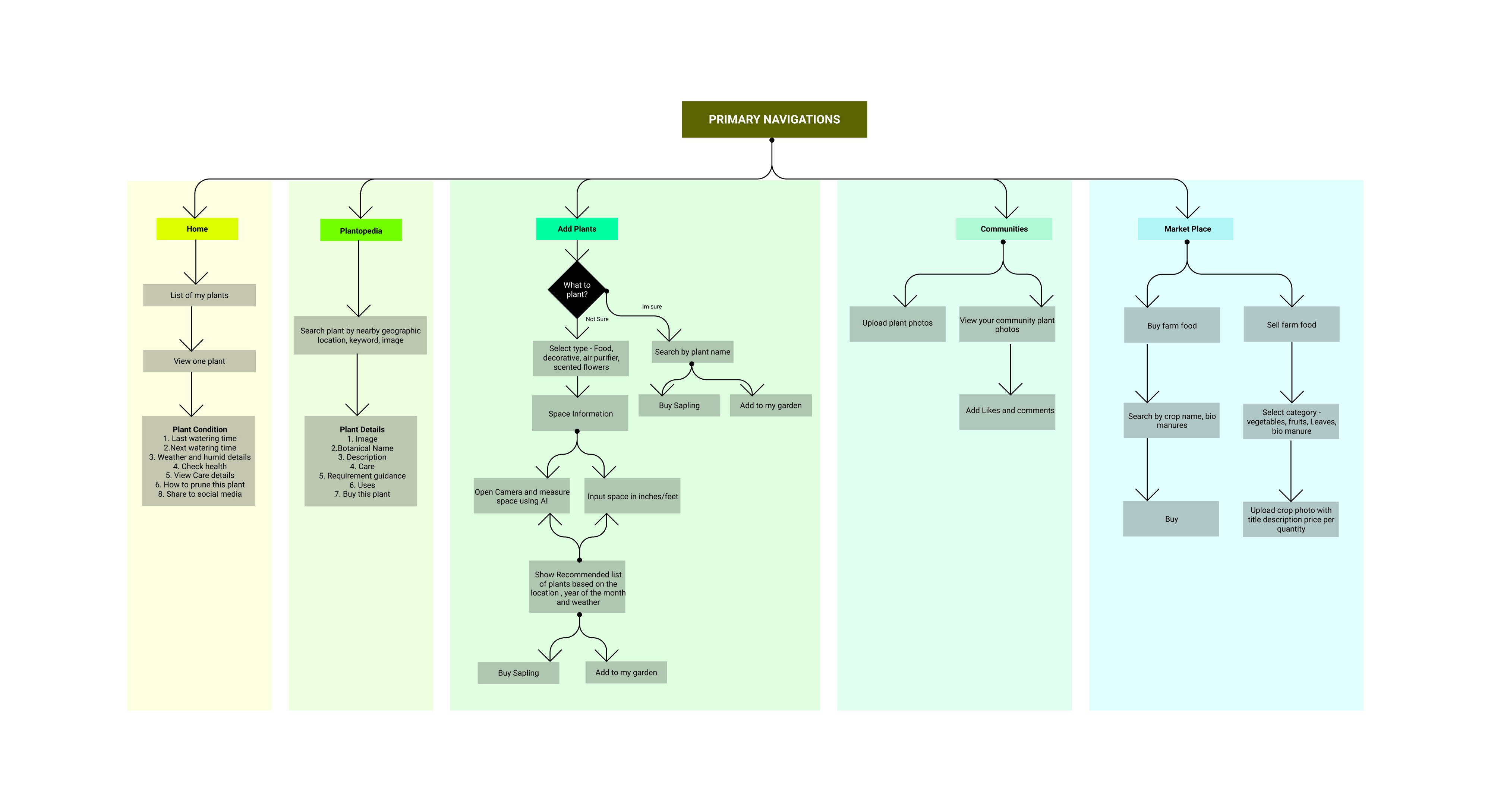
Wireframes
线框
I used Sketchapp to quickly design the layout and the functionality of the application based on the ideas generated during the synthesis process. Wireframes helps to establish the basic structure of the product before visual design and the content is added to it.
我使用Sketchapp根据综合过程中产生的想法快速设计应用程序的布局和功能。 线框有助于在视觉设计和内容添加到产品之前建立产品的基本结构。

视觉设计 (Visual Design)
Styleguide
时尚指南
Started with the inspiration board and picked out the most relevant themes and collated them to a Styleguide, it helps to set standards and rules that is to be followed to improve the digital presence of the product. Pablo Stanley has demonstrated how to build a UI Kit effectively in this tutorial.
从灵感板开始,挑选出最相关的主题,然后将它们与Styleguide进行整理,它可以帮助制定标准和规则,以提高产品的数字化形象。 Pablo Stanley在本教程中演示了如何有效地构建UI Kit。
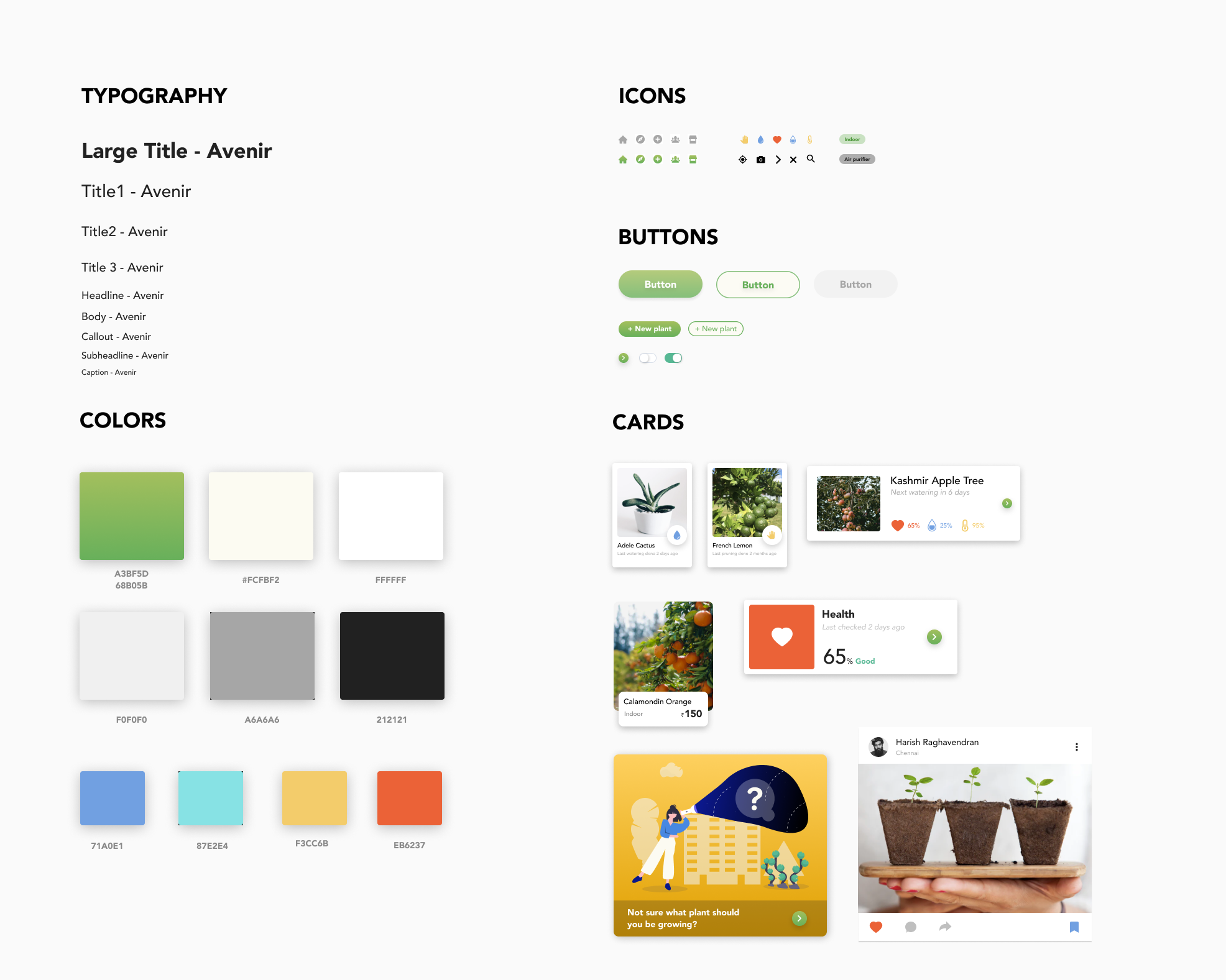
2. High Fidelity Designs
2.高保真设计
After collecting and analyzing the user demands at the early stage, I converted the design ideas to a tangible working prototype which can be used to validate and test it with the users.
在早期收集并分析了用户需求之后,我将设计思想转换为切实可行的原型,可用于与用户进行验证和测试。
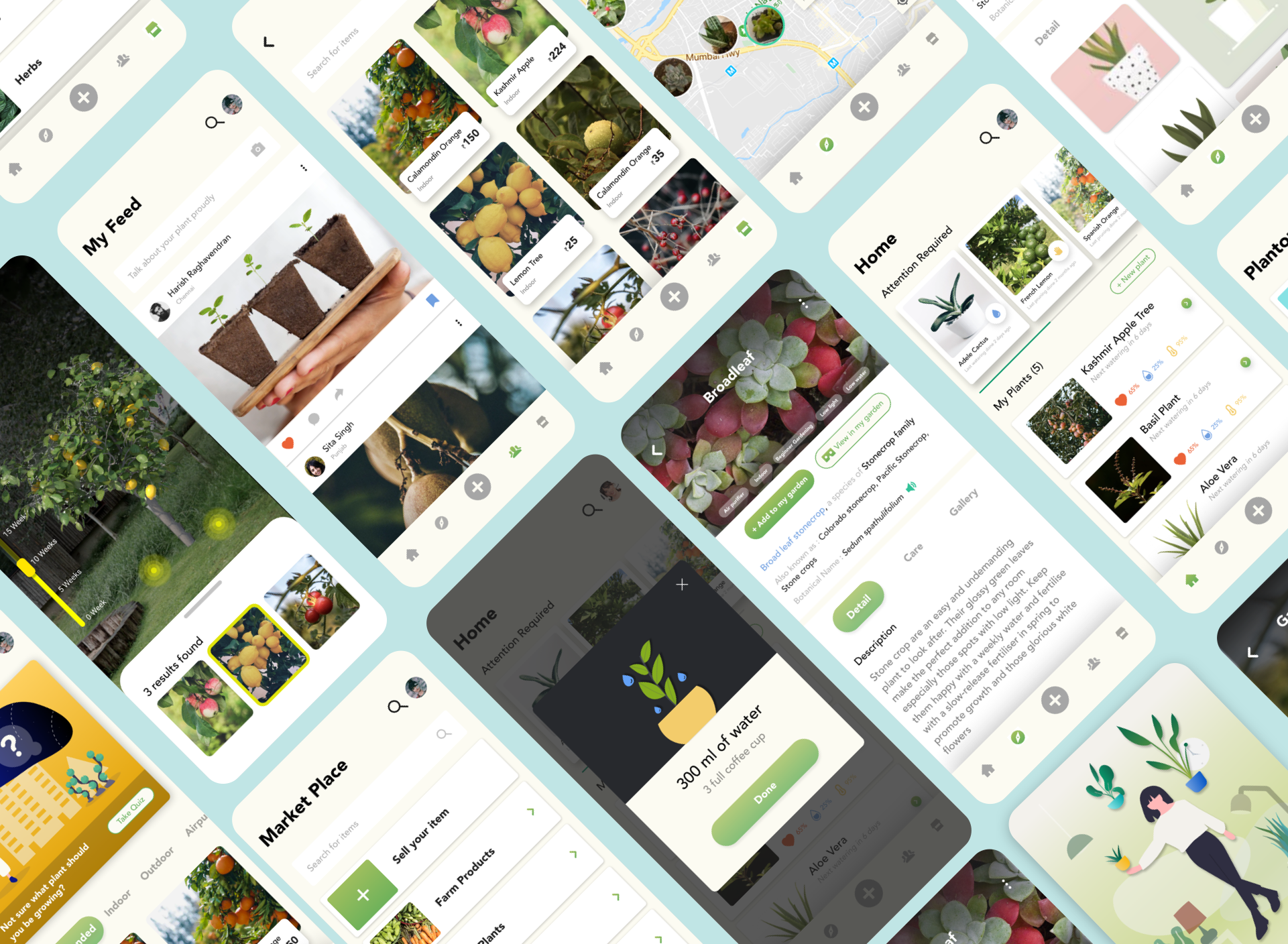
3.实施 (3. Implementation)
This phase is about bringing your solution to life, and to market in the real world. This is an iterative process and there are many user validation techniques such as Guerrilla testing, Contextual interview, Observation etc.
此阶段是将您的解决方案付诸实践,并推向现实世界。 这是一个反复的过程,并且有许多用户验证技术,例如,游击测试,上下文采访,观察等。
4。结论 (4. Conclusion)
我学到了什么? (What did I learn?)
Solving a social problem is both challenging and rewarding at the same time, In the beginning the problem was very broad and I had no clear idea to it, but following the human centred design process step by step, it helped me to split my one huge problem statement into multiple chunks of small problems that helped me to organise my vision towards the problem. A solution doesnot appear from a single mind but by collaborating with beautiful minds we can arrive at a clear solution. I understood the needs of the user by surveys and interviews that helped me to derive to the solutions to my problem statement. Finally the most challenging part is to create an application that is engaging both in user experience and visual design perspective.
解决一个社会问题既具有挑战性,又是有回报的。一开始这个问题非常广泛,我没有明确的主意,但是随着以人为本的设计过程的逐步进行,它帮助我分散了一大笔钱将问题陈述分解为多个小问题,这些问题有助于我对问题进行构想。 解决方案并非一心一意,但通过与美丽的头脑合作,我们可以得出清晰的解决方案。 通过调查和访谈,我了解了用户的需求,这有助于我得出问题陈述的解决方案。 最后,最具挑战性的部分是创建一个既涉及用户体验又涉及视觉设计角度的应用程序。
Thank you for reading! Hopefully you enjoyed this case study. If you have any feedback, I’d like to hear from you. Drop me a hello at lawanya.designer@gmail.com or connect on LinkedIn
感谢您的阅读! 希望您喜欢这个案例研究。 如果您有任何意见,我希望收到您的来信。 在lawanya.designer@gmail.com上打个招呼与我打招呼,或在LinkedIn上连接
翻译自: https://blog.prototypr.io/ux-case-study-how-might-we-encourage-the-indian-city-dwellers-to-become-urban-farmers-445d04ad78c
印度 研究生 水平
相关文章:
这篇关于印度 研究生 水平_辅助案例研究我们如何鼓励印度城市居民成为城市农民的文章就介绍到这儿,希望我们推荐的文章对编程师们有所帮助!






